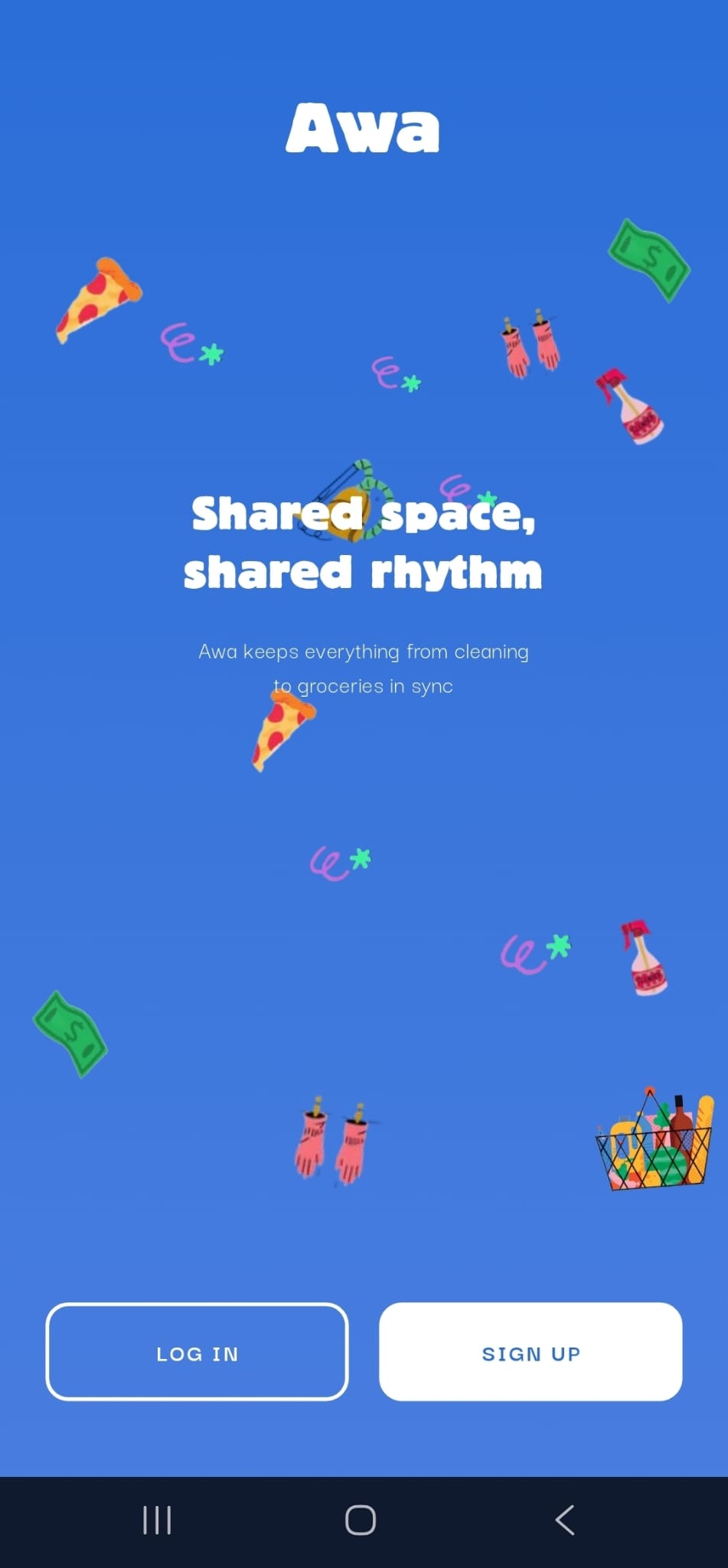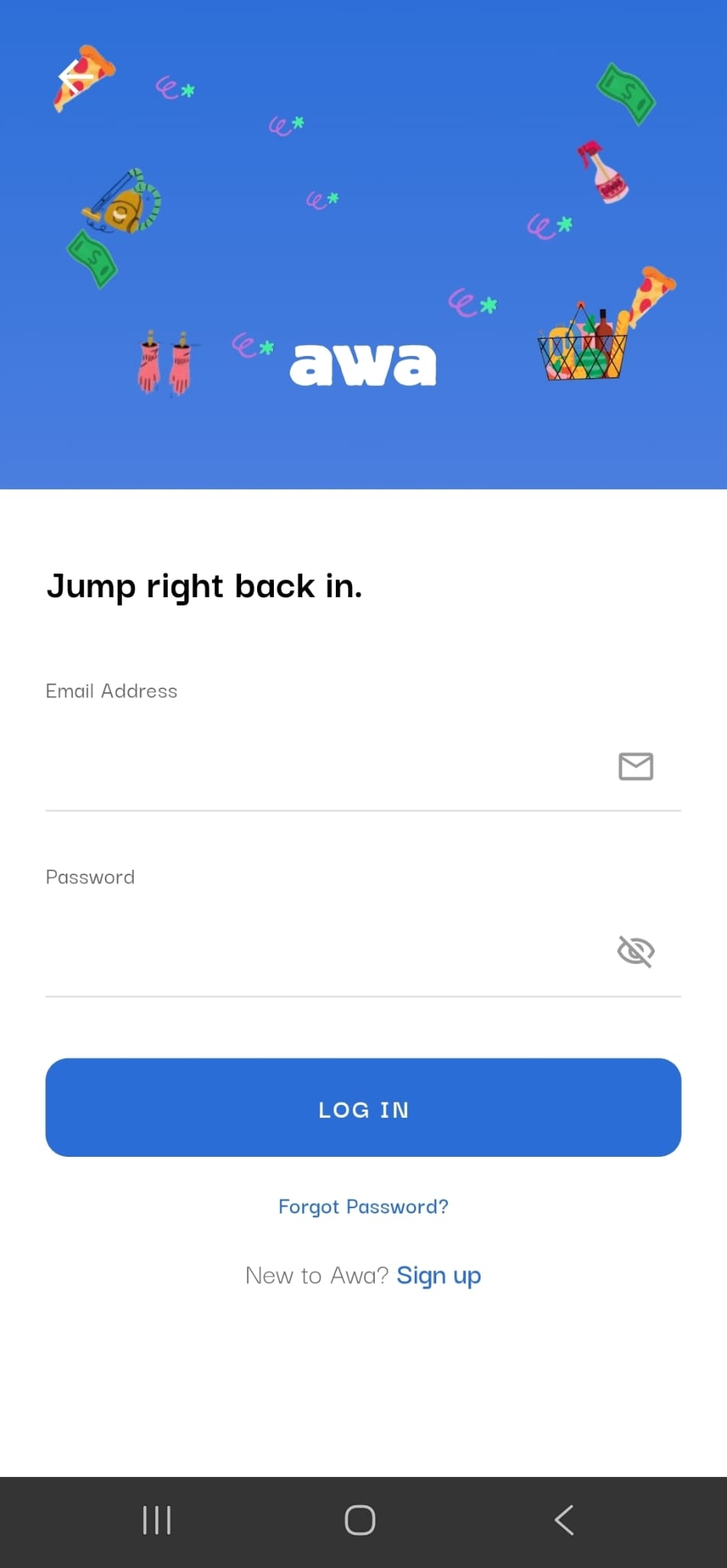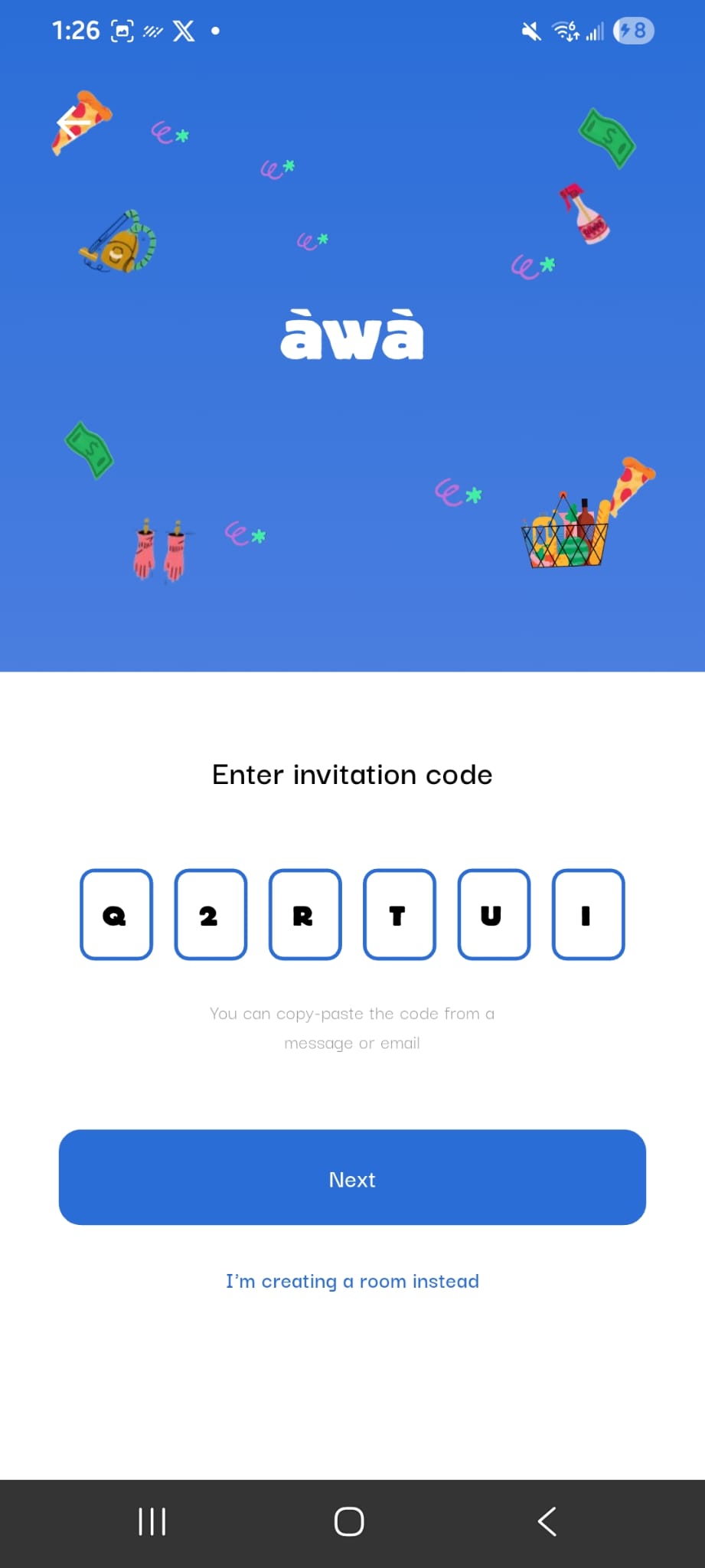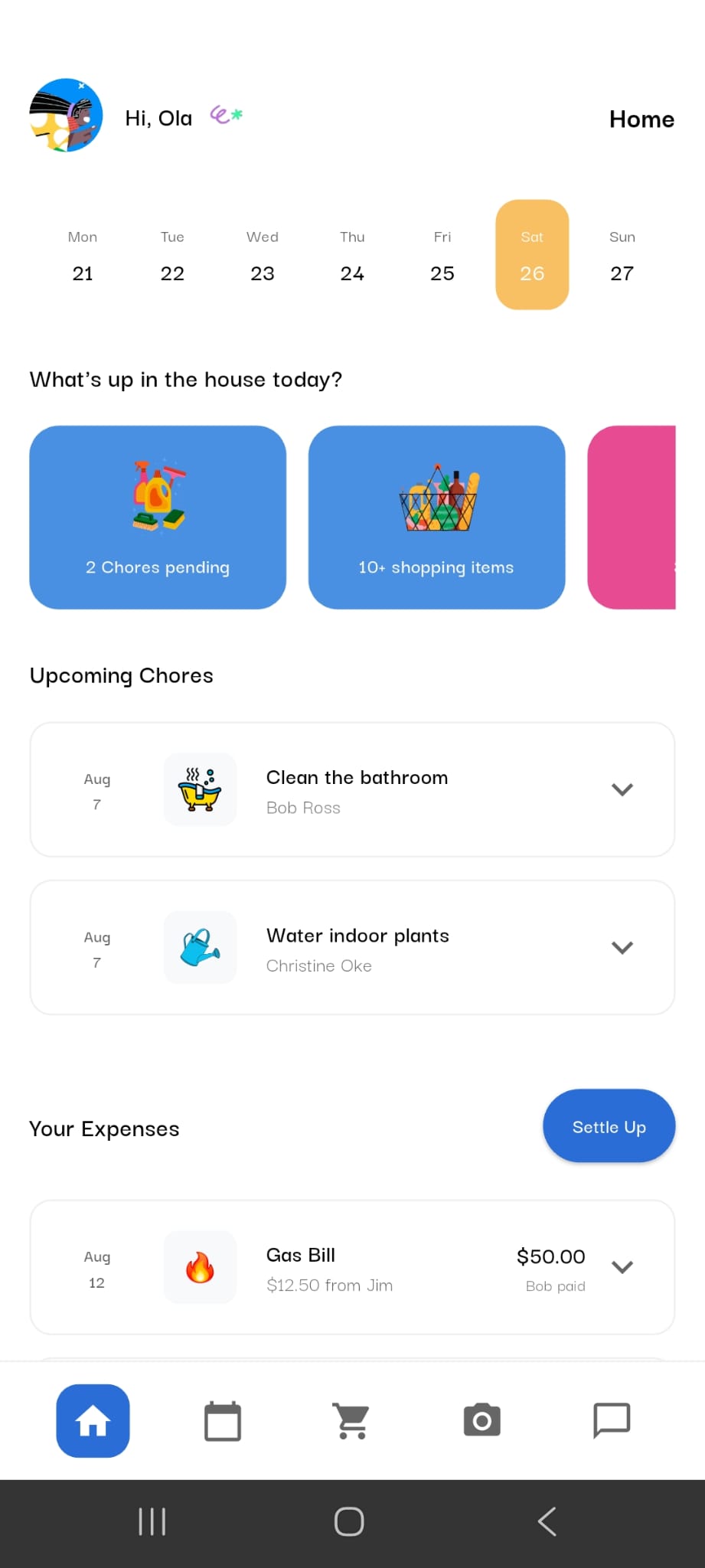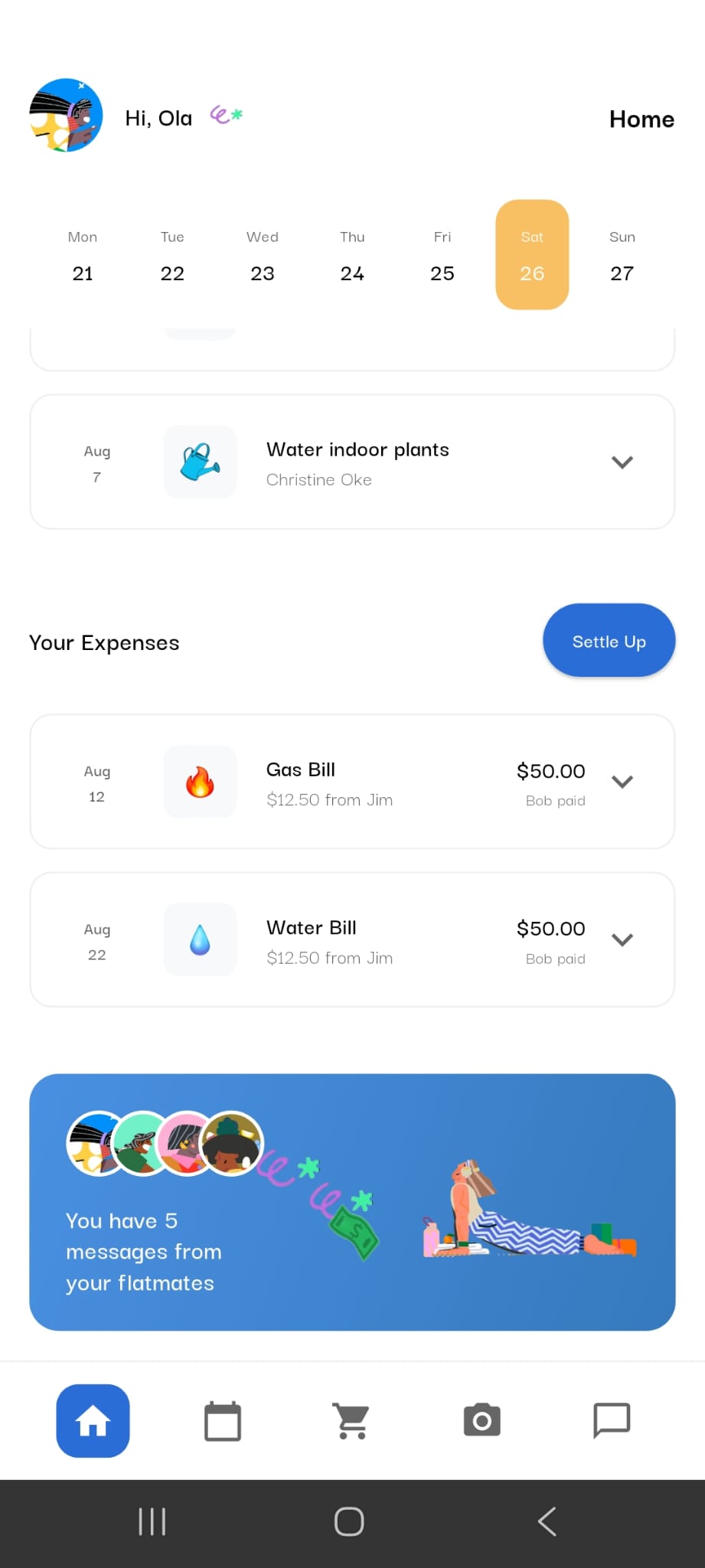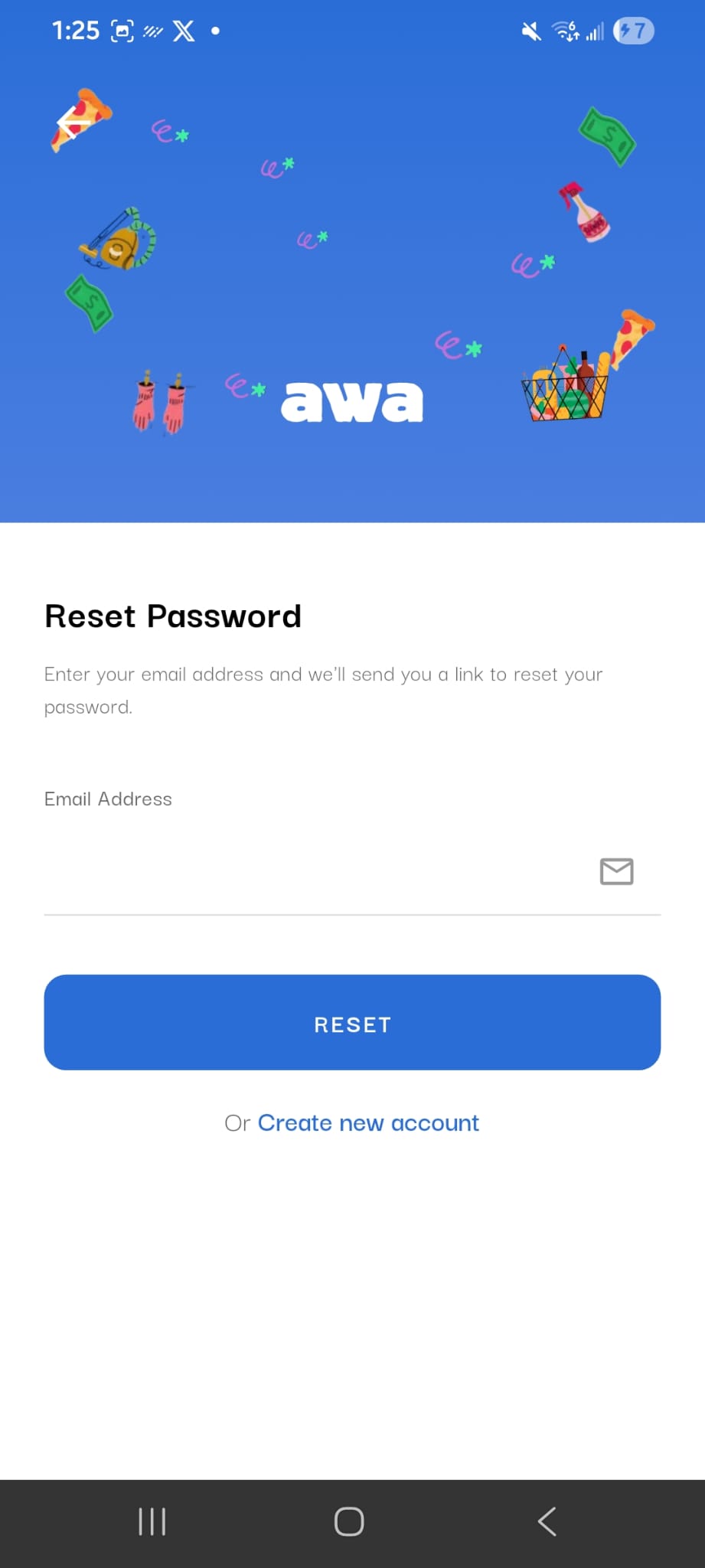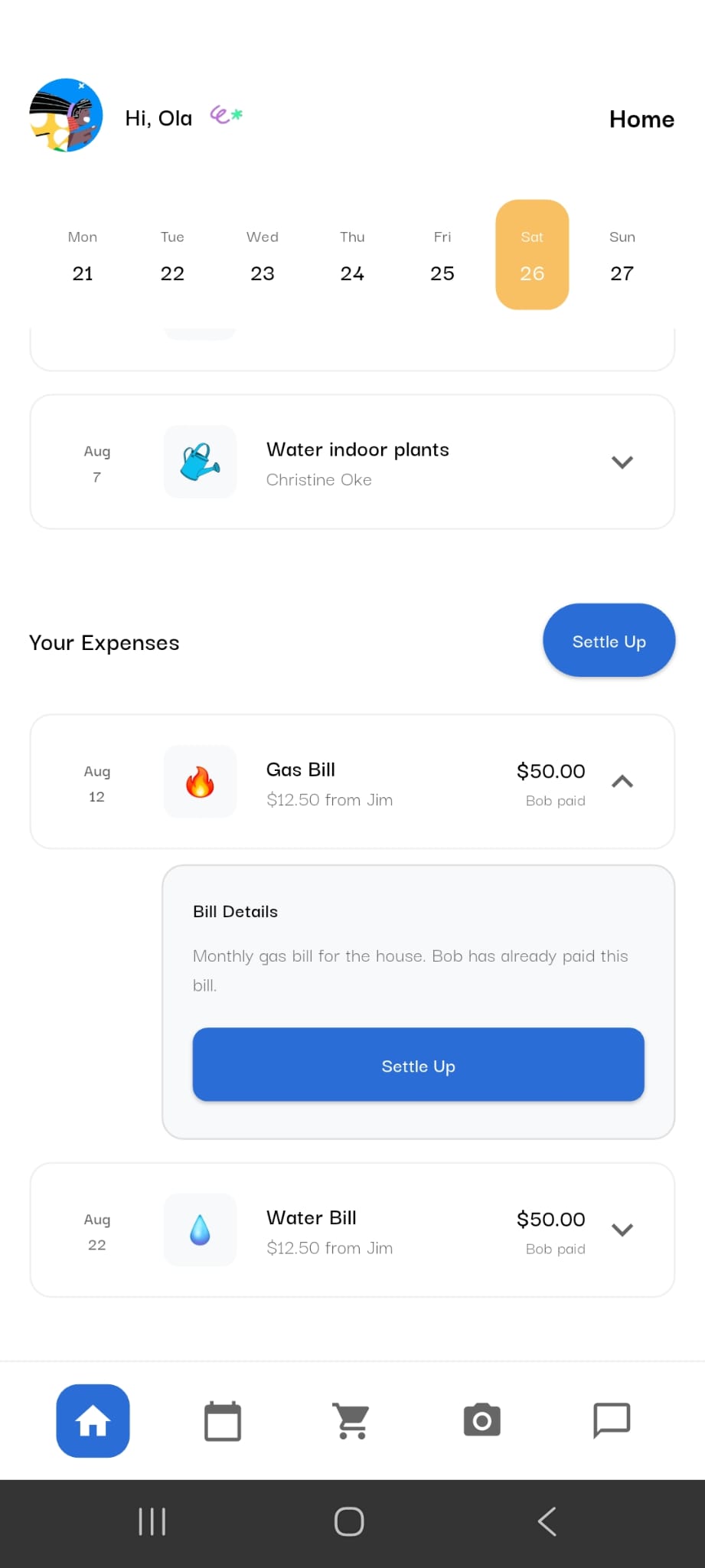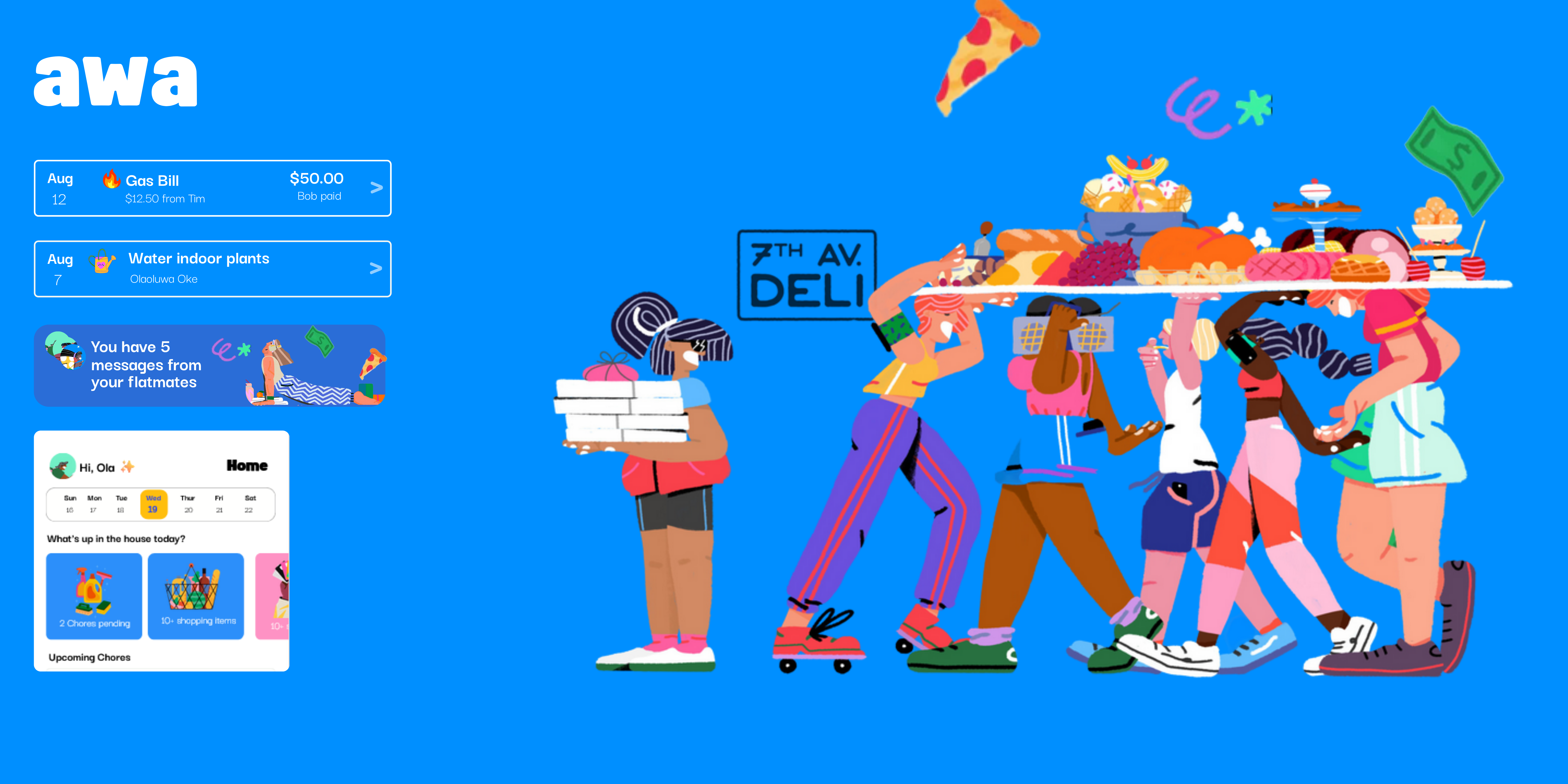The Awa app is rooted in extensive research on roommate dynamics,
focusing on conflict resolution, personality compatibility, and cultural
influences within shared living spaces. Previous studies have demonstrated
that communication style mismatches often exacerbate conflicts among roommates,
while avoiding confrontation can lead to prolonged issues and deteriorated relationships (Burgos-Calvillo et al., 2024).
This understanding guided the development of Awa, which
emphasizes effective communication, structured conflict management,
and personality-based roommate matching.
Drawing on these findings, the app encourages open dialogue, making it easier
for roommates to address issues like cleaning schedules, guest policies, and noise levels,
thus fostering a harmonious living environment (Abela et al., 2023) . By integrating these
sociological insights, Awa is designed to mitigate common sources of conflict and enhance
overall roommate satisfaction.The Awa app is rooted in extensive research on roommate dynamics,
focusing on conflict resolution, personality compatibility, and cultural influences within shared
living spaces.
Previous studies have demonstrated that communication style mismatches
often exacerbate conflicts among roommates, while avoiding confrontation can lead
to prolonged issues and deteriorated relationships (Burgos-Calvillo et al., 2024).
This understanding guided the development of Awa, which emphasizes effective communication,
structured conflict management, and personality-based roommate matching.
Drawing on these findings, the app encourages open dialogue, making it
easier for roommates to address issues like cleaning schedules, guest policies, and noise
levels, thus fostering a harmonious living environment (Abela et al., 2023) By integrating
these sociological insights, Awa is designed to mitigate common sources of conflict and enhance
overall roommate satisfaction.
Awa - Project Motivation and Mission
Features and Functionality
Understanding Roommate Dynamics
One of the main features of Awa is the chore tracking system, which allows housemates to create and assign tasks, ensuring everyone knows their responsibilities and promoting fairness. By keeping track of who did what and when, Awa helps maintain accountability and prevent misunderstandings over household duties. Communication is also essential in co-living situations, and Awa includes tools like direct messaging and house meetings to facilitate open discussions about shared responsibilities and concerns. An anonymous chat feature provides a safe space for housemates to address sensitive issues without fear of confrontation, helping prevent conflicts from escalating. Additionally, Awa offers a financial management system to track shared bills and expenses, ensuring everyone contributes fairly to the household budget and preventing financial misunderstandings. While mood forecasting and emotional check-ins are planned for future updates, the app’s core features are already designed to reduce stress by helping housemates stay organized, communicate effectively, and share responsibilities. These features lay the foundation for a supportive, low-tension living environment, and future updates aim to further enhance understanding and cooperation among roommates.
Tech Stack and Architecture
For the backend of Awa, I’ve used Spring Boot as the primary framework. Spring Boot provides a robust, scalable environment that simplifies backend development, enabling rapid setup and integration with various components. It is particularly suited for handling REST APIs, making it an ideal choice for an app like Awa, which requires smooth communication between the frontend and backend. The app’s data is stored in MongoDB, a NoSQL database that offers flexibility in handling dynamic data models. MongoDB's scalability and ease of integration with Spring Boot ensure efficient handling of the app’s user data, tasks, and financial records.
On the frontend, Flutter is the chosen framework for building a responsive, cross-platform app. Flutter’s ability to compile to both Android and iOS from a single codebase significantly reduces development time and maintenance overhead. Its rich widget-based UI system allows for smooth, customizable interfaces that can deliver a pleasant user experience across different devices.
As for data security, sensitive user information, including passwords and financial data, is protected using BCrypt for password hashing and JWT(JSON Web Tokens) for secure authentication. These tools ensure that user data is encrypted and securely transmitted between the frontend and backend.
In terms of architectural considerations, I opted for a Model-View-Controller (MVC) pattern for both the backend and frontend. This approach helps to separate concerns, making the code more modular and maintainable. The Model handles the business logic and data (via Spring Boot and MongoDB) , the View manages the UI (via Flutter), and the Controller coordinates user input and application behavior. This separation allows for easier scalability and testing as the project evolves.
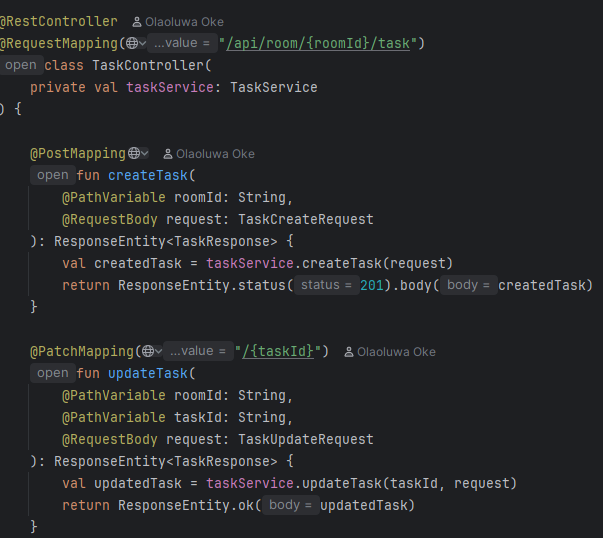
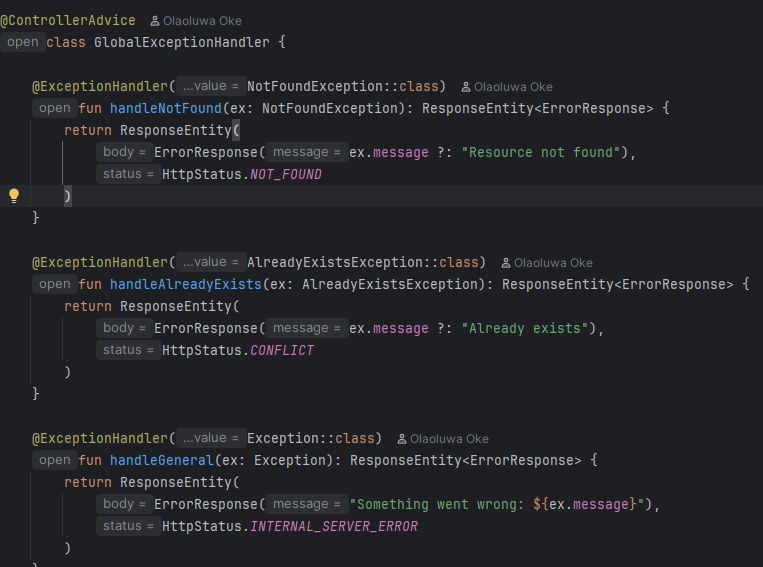

User Experience & Interface Design
Àwà is designed to feel warm, expressive, and human, a roommate app that understands that logistics don't have to be boring, but about navigating shared life with empathy and ease. We leaned into a playful, vibrant visual language that breaks away from the sterile tone of most task or finance apps. The interface is filled with color, illustrations, and conversational cues to make the user feel welcomed, not overwhelmed.
Typography : We chose Darker Grotesque and Boulder for their bold, clean personalities. Dark Grotesque brings clarity and structure, while Boulder adds a soft, rounded tone that feels approachable , a balance between authority and friendliness.
Color Palette & Mood: The app uses bright blues, bold yellows and deep purples, to evoke energy and trust. The palette reinforces a sense of movement and personality which is essential for an app designed around daily house life.
Illustration & Motion : From background stickers (pizza slices, detergent bottles, sandals) to interactive elements like “2 chores pending” or “You’ve got 5 messages,” the interface carries small doses of joy. These weren’t just decorative choices they’re emotional cues that lower the stress of house management.
